SUMMARY
This is AI generated summarization, which may have errors. For context, always refer to the full article.
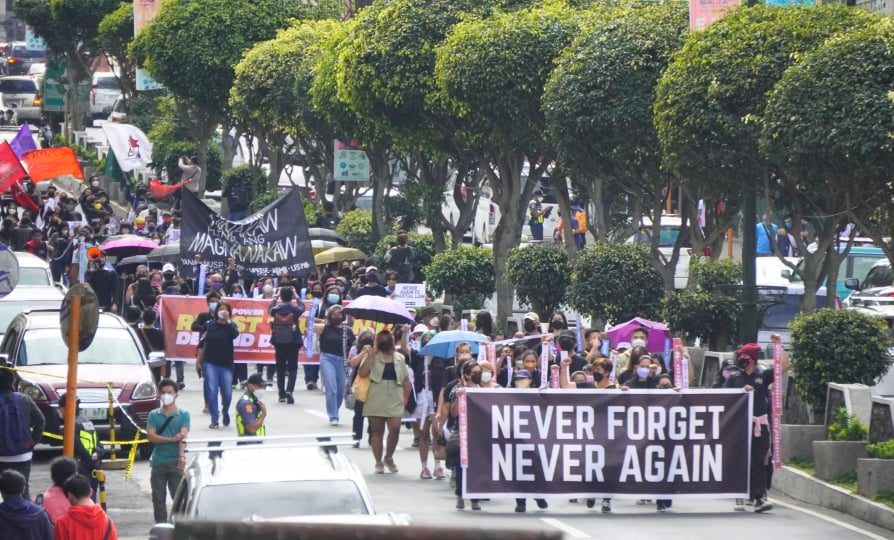
BAGUIO CITY, Philippines – Different groups in the country’s Summer Capital commemorated the 36th EDSA People Power Anniversary with a mass, a march, testimonials, and film showing about Martial Law and the events leading to the ouster of the Marcos dictatorship.
Around 200 protesters marched from the Our Lady of the Atonement Cathedral (Baguio Cathedral) down Session Road and around the city’s central business district.
Young and old carried streamers and placards with anti-Martial Law slogans and chanted “Ibalik ang ninakaw, hindi ang magnanakaw,” referring to the presidential bid of the dictator Ferdinand Marcos’s son and namesake.
The march came after the EDSA Anniversary mass led by Fr. Marlon Urmaza, who lamented how people “quickly forgot” the dictatorship after the ouster and exile of the Marcos family. In his homily, the priest warned of the dangers of failing to teach the younger generation how the people power came about.
Ground zero
Tongtongan ti Umili chair Geraldine Cacho said she was fresh from college when the series of protests erupted after the Benigno Aquino assassination in 1983. She was a full-time urban poor organizer in Baguio and the adjacent mining communities.
According to her, the EDSA uprising was the culmination of the people’s pent-up rage against the Marcos dictatorship.
She said that while the killing of farmers was rampant in the Cordillera countryside, widespread demolition of urban poor communities was happening in Baguio City. Months before the nationwide protest, workers’ strikes were also happening in Benguet’s mining areas and the city’s export processing zone.
Cacho narrated that when people started pouring out in Metro Manila in 1986, churches in the city immediately offered their grounds as a sanctuary for protesters.
“We set up ground zero at the cathedral, at the left side cathedral, there is where we had our vigil,” she said.
She recalled that Baguio residents started gathering at the cathedral on February 23. On February 25, soldiers who defected from the dictatorship joined them in the early morning.
Rebel soldier

Mayor Benjamin Magalong joined the marchers at the People’s Park, where the group settled for the program and film showing.
In his testimony, the mayor also acknowledged the human rights abuse the Philippine Constabulary committed during the Martial Law period.
“Sometimes when we go after the [New People’s Army], they get away and [human rights] violations are committed but no one goes to prison or charged. As long as you present the killed civilians as [New People’s Army] supporters, you will only get a reprimand, “he said in English and Tagalog.
The mayor, who was then a lieutenant commanding the 190th PC Company in Bangao, Bugias, Benguet, when the EDSA uprising happened, echoed Urmaza’s sentiment.
“Our goal was to restore democracy but did we achieve it? People easily forget,” he told the crowd.
Fresh from a series of operations, Magalong and his men defected from the Marcos dictatorship. He led a platoon of his men from their camp to the Baguio City Police and disarmed the personnel on duty.
“When we learned about what is happening in Manila, we were not aware who was winning or losing…. I talked to my men, and asked them ‘Who is going to join me, we are going to Baguio to declare support to General [Fidel] Ramos’,” the mayor narrated.
After hearing of the force deployment from Tarlac going to Baguio, the mayor recalled that they decided to join the people holding a vigil and seek refuge at the cathedral grounds.
“Instead of us protecting [the people], they were there to protect us,” he said. – Rappler.com
Sherwin De Vera is a Luzon-based journalist and an awardee of the Aries Rufo Journalism Fellowship.
Add a comment
How does this make you feel?

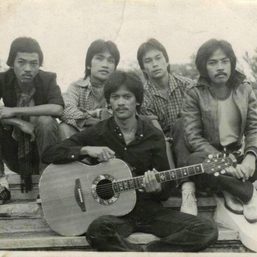
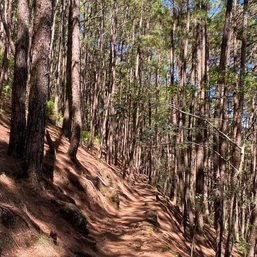
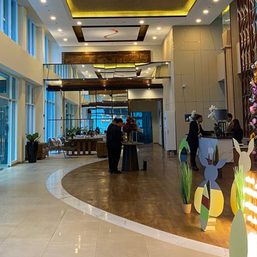
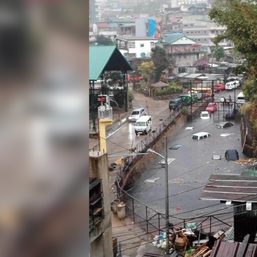
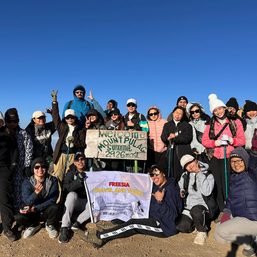

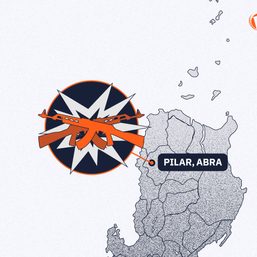

There are no comments yet. Add your comment to start the conversation.